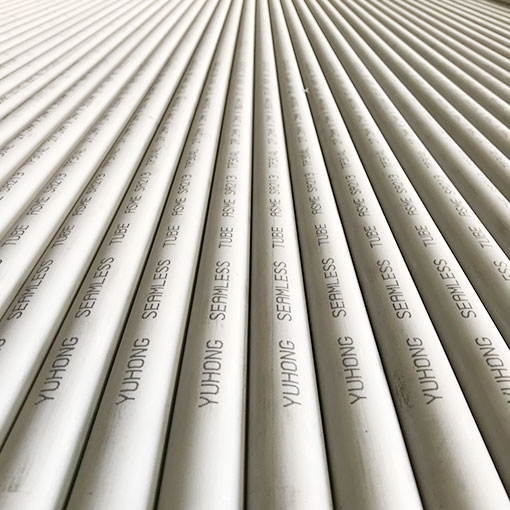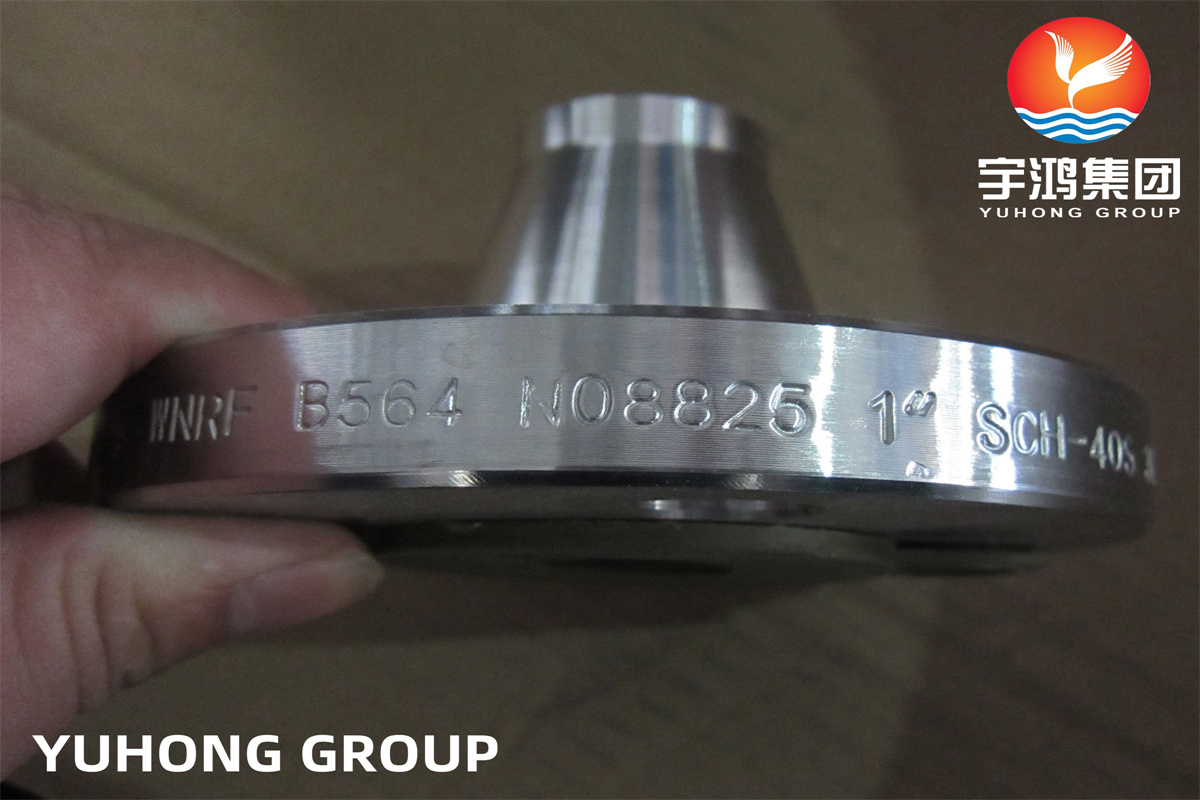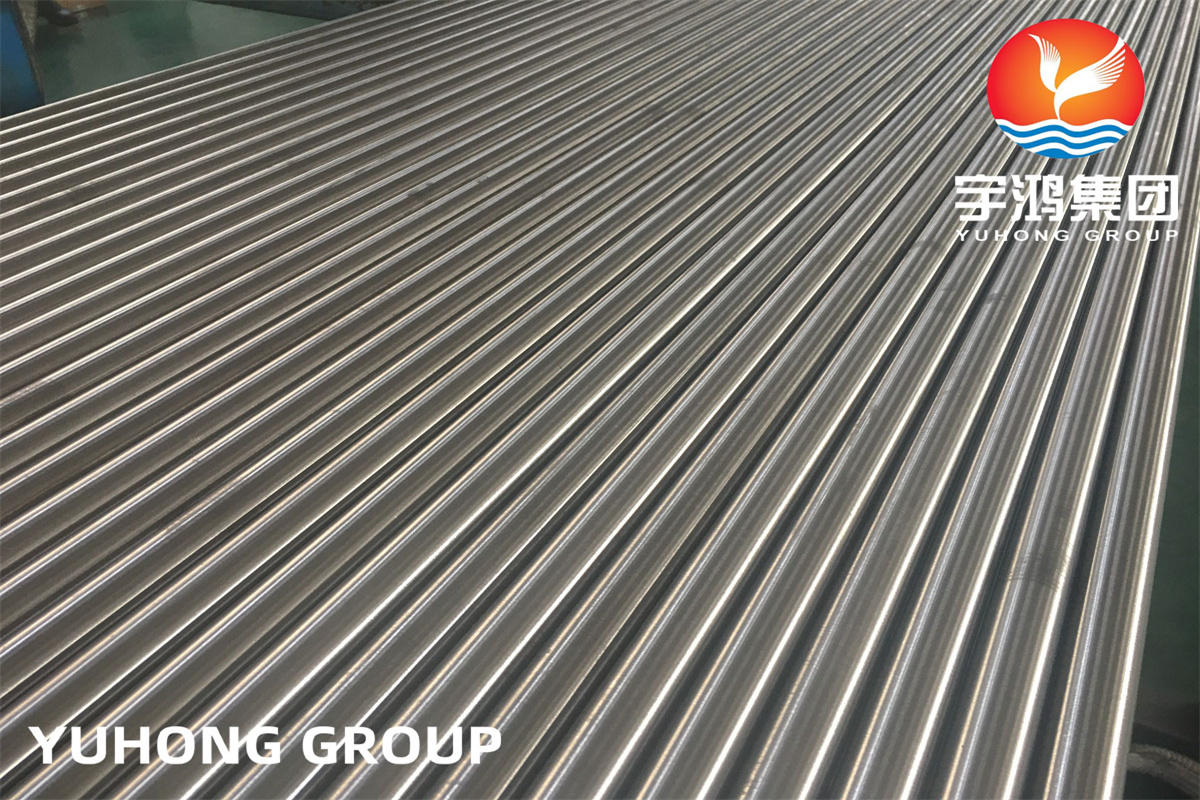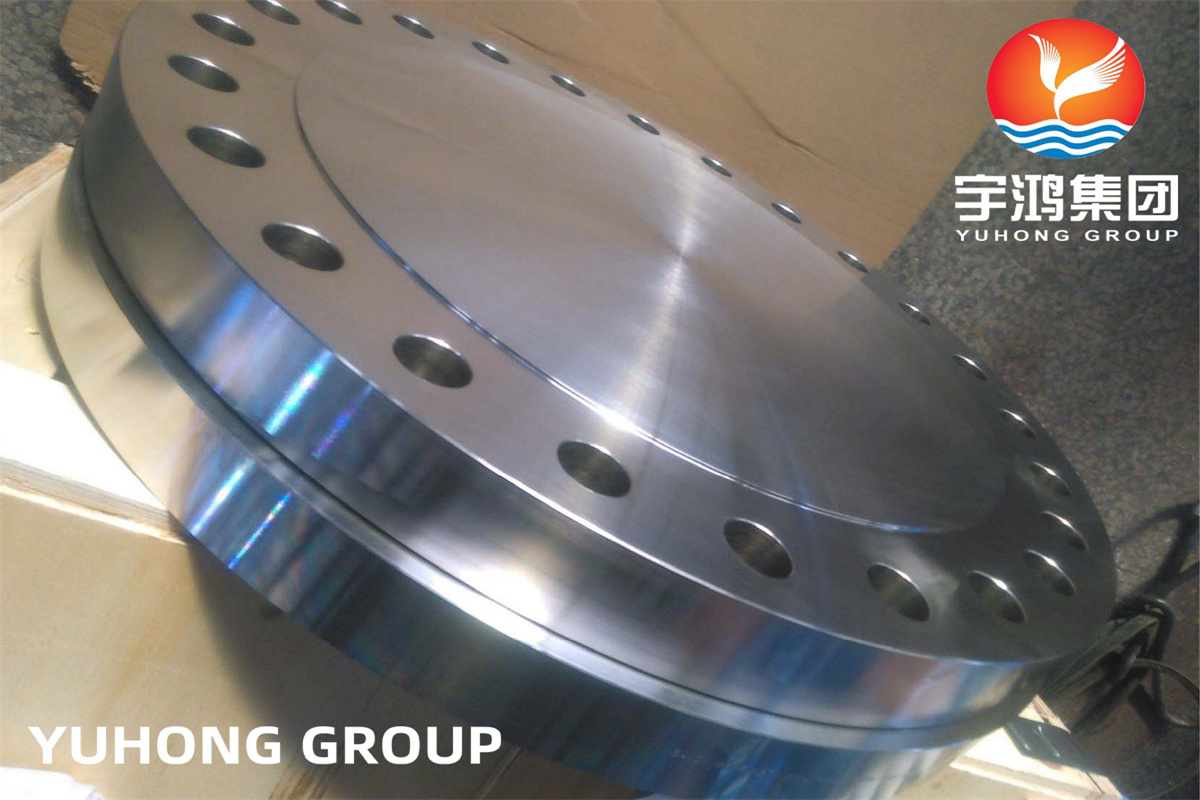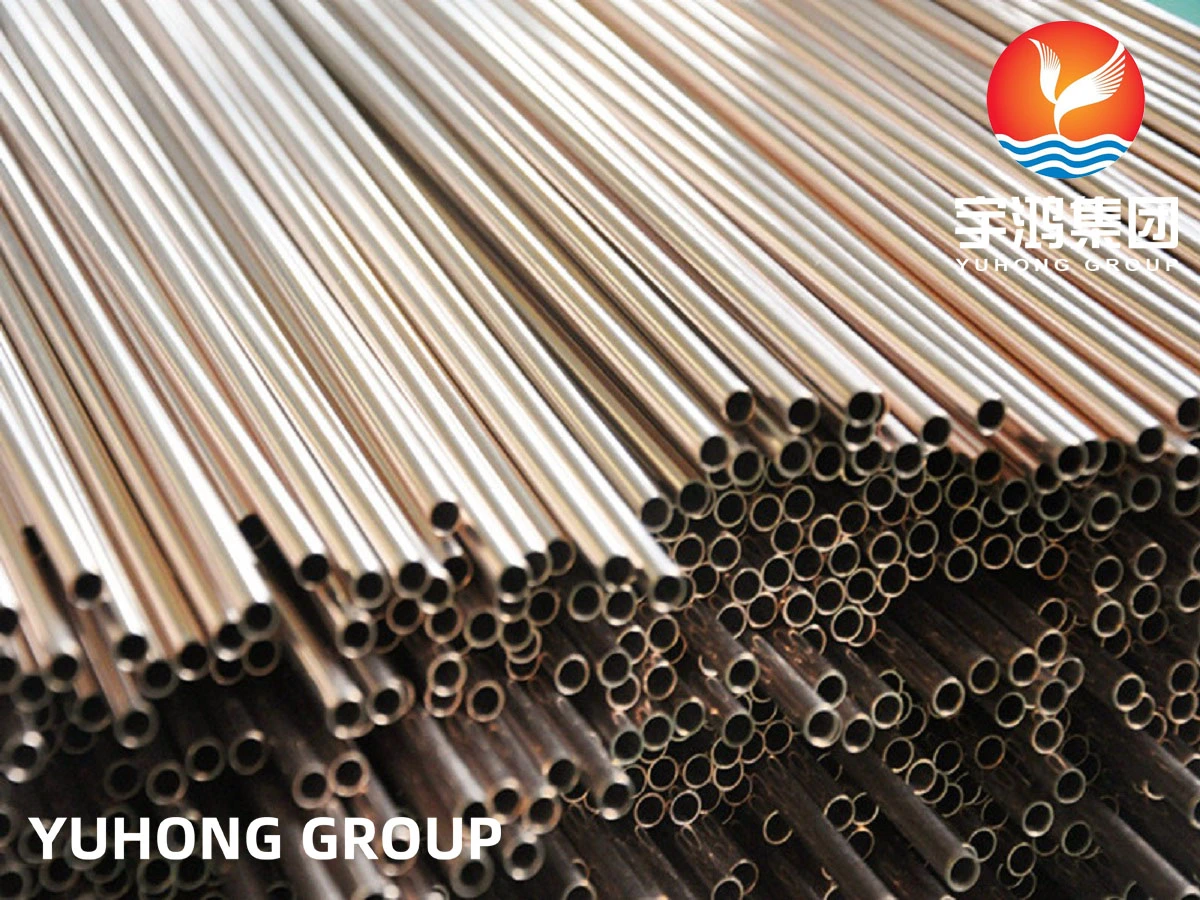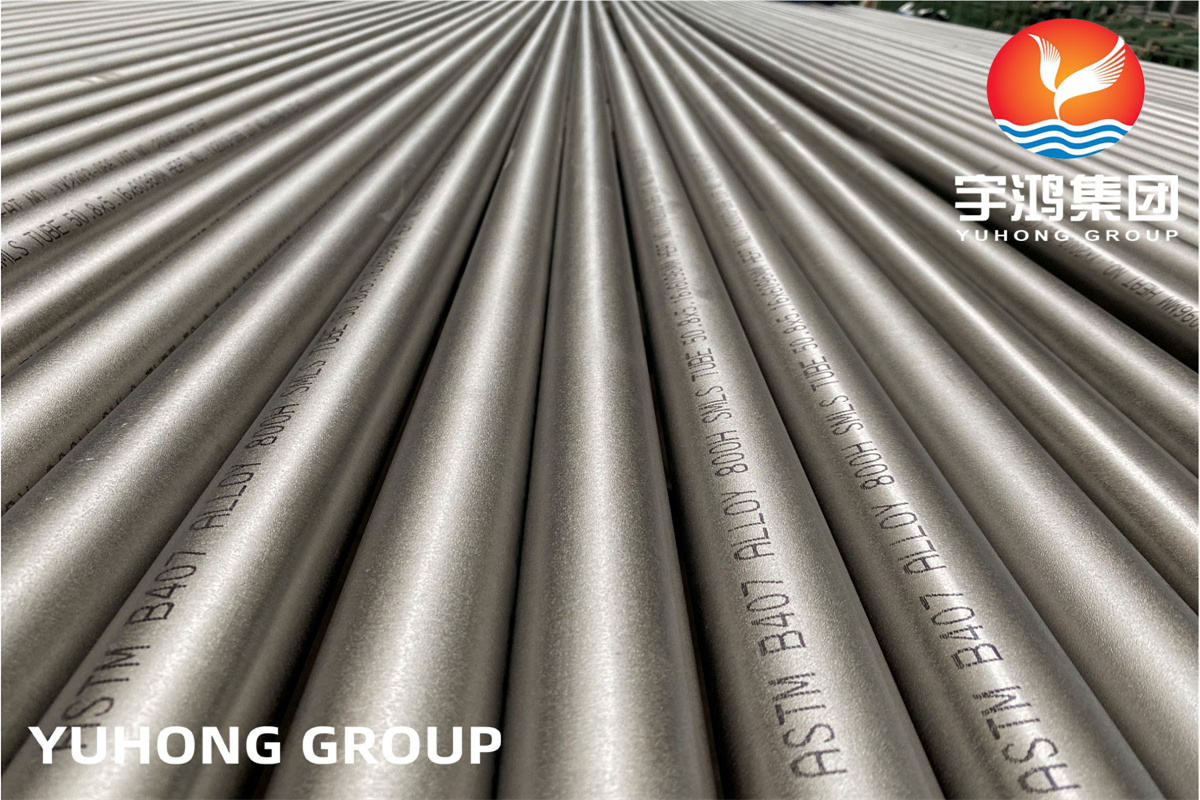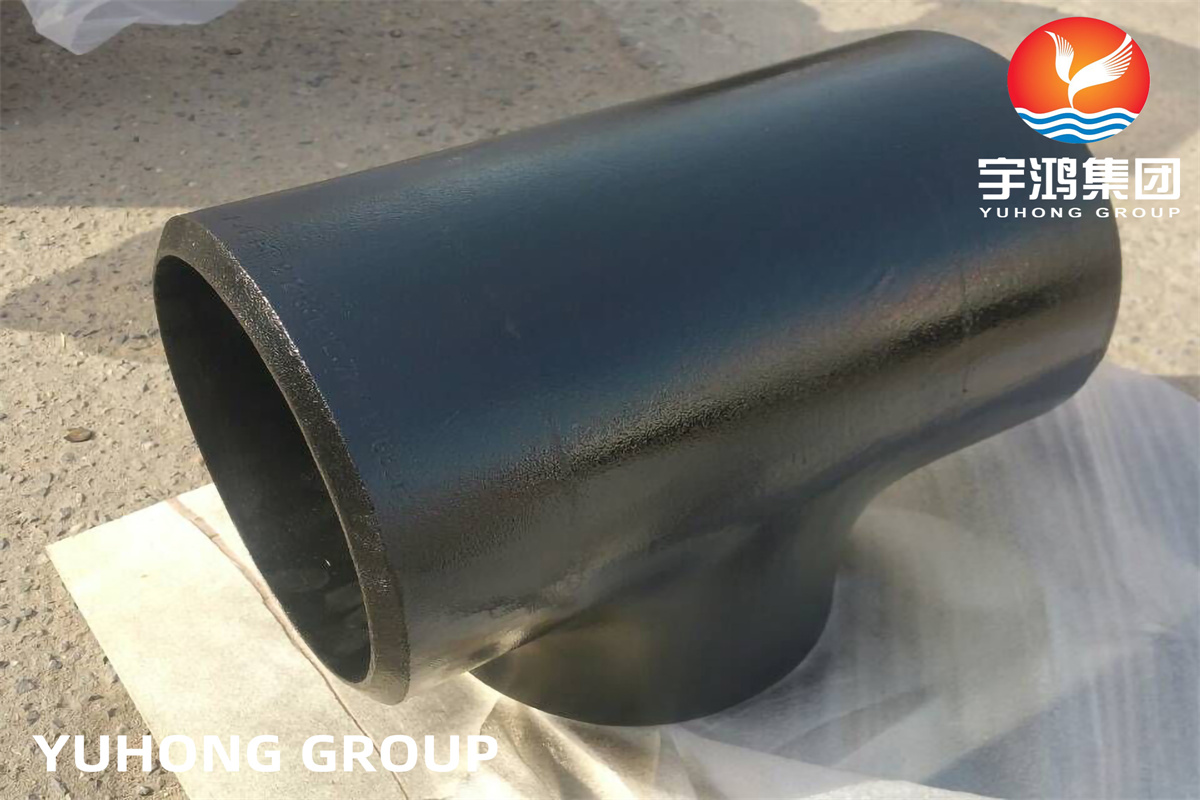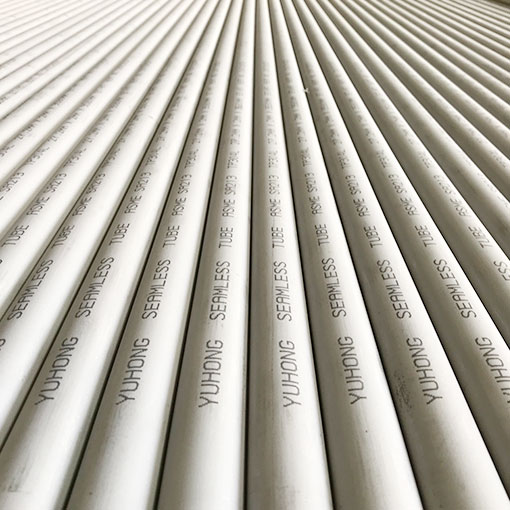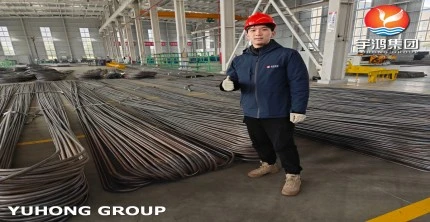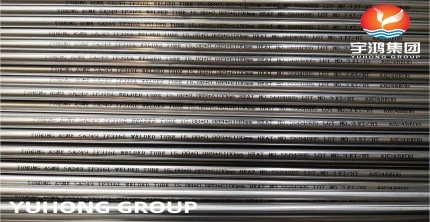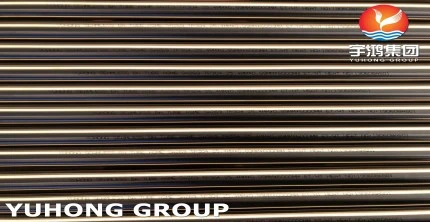Aluminum Processing Technology In Finned Tube
Aluminum is a lightweight metal that is widely used in various industries. It is known for its many desirable qualities, such as its low density, corrosion resistance, and high electrical conductivity. Some common uses for aluminum include making beverage cans, building materials, automotive parts, and electrical wiring. Additionally, aluminum can be easily recycled, which makes it a sustainable choice.
Advantages and characteristics of aluminum
Advantages and characteristics of aluminum make it a preferred choice for numerous applications in industries like aerospace, automotive, construction, packaging, electronics, and more.The advantages and characteristics of aluminum are as follows:
Lightweight: Aluminum is a lightweight metal, making it ideal for applications that require a lightweight yet strong material. It weighs about one-third of steel, which makes it easier to handle, transport, and use in various industries.
High Strength-to-Weight Ratio: Despite being lightweight, aluminum has a high strength-to-weight ratio, meaning it is strong and durable. This characteristic makes it suitable for structural applications while reducing overall weight and energy consumption.
Corrosion Resistance: Aluminum has excellent corrosion resistance. It naturally forms a protective oxide layer on its surface, protecting it from rust and other forms of corrosion. This makes it suitable for outdoor applications or environments with high moisture levels.
Excellent Thermal Conductivity: Aluminum is a good conductor of heat, which makes it suitable for various heat transfer applications. It is commonly used in heat sinks, radiators, and other cooling systems.
Recyclability: Aluminum is highly recyclable and can be recycled repeatedly without losing its properties.
Versatility: Aluminum is highly versatile and can be easily formed into various shapes and sizes. 8. Reflectivity and Non-Magnetic
Aesthetically Pleasing: Aluminum can be treated and finished in various ways, giving it a visually appealing appearance. It can be anodized, painted, or polished to achieve different colors and textures.
.jpg)
Processing technology of aluminum products
1. Casting: The first step is to melt the aluminum and cast it into the desired shape using molds.
2. Extrusion: Extrusion is a process in which the aluminum is forced through a die to create a specific profile.
3. Rolling: Rolling involves passing the aluminum through a series of rollers to reduce its thickness and increase its length.
4. Forging: Forging is a process in which a piece of aluminum is heated and shaped under high pressure.
5. Machining: Machining involves cutting, drilling, or shaping the aluminum using various tools and machines.
6. Welding: Welding is a process in which two or more pieces of aluminum are joined together using heat or pressure.
Surface treatment of aluminum products
Surface treatment of aluminum products is an important process that enhances their appearance, durability, and corrosion resistance.
1. Anodizing: Anodizing is an electrochemical process that creates a protective oxide layer on the aluminum surface. It improves corrosion resistance while also providing options for coloring.
2. Powder coating: Powder coating provides excellent resistance to fading, chipping, and scratching.
3.Polishing aluminum products involves mechanically or chemically smoothing the surface to create a mirror-like shine.
4.Sandblasting (Shot Peening): The process of cleaning and roughening metal surfaces using the impact of high-speed sand flow. The surface treatment of aluminum parts in this methodcan obtain a certain degree of cleanliness and different roughness on the suface of the workpiece,so that the mechanical properties of the workpiecesurface can be improved,thus improving the fatigue resistance of the workpiece and increasing the gap between it and the coating.
5.Drawing or brushing:Metal wire drawing is the manufeacturing process of repeatedly scraping an aluiminum sheet ouf of ines with sandpaper. Drawing can be divided into straightdrawing, random drawing, spiral drawing, thread drawing.
6. High gloss cutting
7.Clear coating: Applying a clear coat to aluminum products provides an additional layer of protection against corrosion and scratches.
Process to reduce deformation in aluminum processing
There are several causes of processing deformation in aluminum, including:
1. Material properties: Aluminum has a relatively low strength compared to other metals, such as steel.
2. Improper handling
3. Temperature variations
4. Inadequate lubrication
5. The use of incorrect or worn-out tools, such as dies in extrusion or molds in casting, can result in inadequate deformation control and, in turn, cause deformation in aluminum.
7. Improper design,etc
Measures to reduce processing deformation of aluminum
These measures focus on controlling the heating, cooling, and forming processes to minimize distortion and maintain dimensional accuracy. Here are some key process measures:
The selection and design of forming tools should be based on the specific requirements of the aluminum component.
Proper heating control is crucial to minimize processing deformation, which can lead to softening of the aluminum and excessive deformation.
It is important to ensure the quenching process is uniform to prevent uneven cooling and minimize distortion.
Slow cooling after heat treatment can help relieve residual stresses and reduce deformation. Holding the component at a lower temperature for a longer time allows for stress relaxation and improves dimensional stability.
During the cooling stage, controlling the cooling rate can help minimize distortion. Rapid or uneven cooling can cause thermal gradients that result in deformation.
Proper lubrication during the forming process can reduce friction and improve material flow, resulting in reduced deformation.
Implementing real-time monitoring and control systems can help identify potential issues early on and make necessary adjustments to minimize deformation. This can include temperature monitoring, strain gauges, or other sensors to track process parameters.
.jpg)

 English
English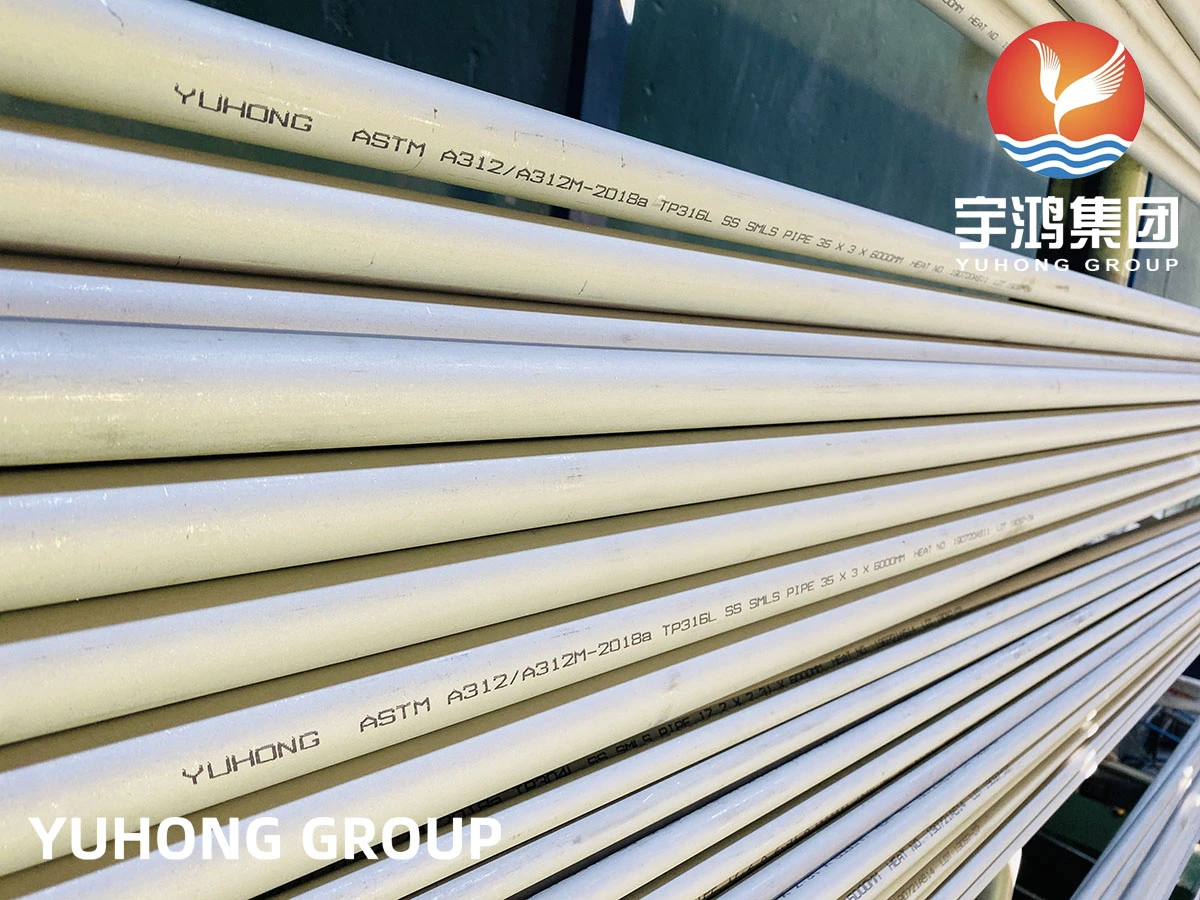
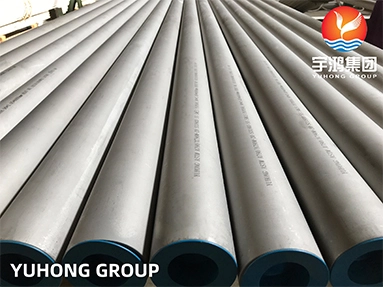
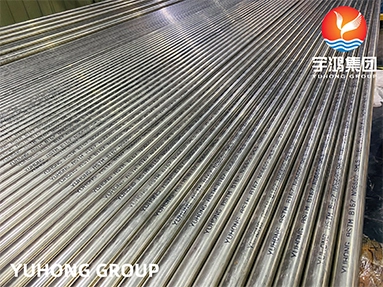
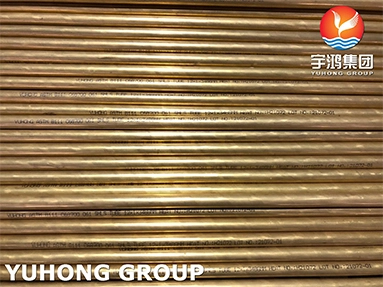
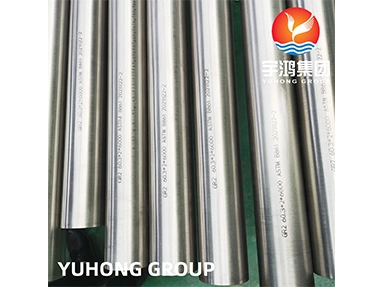
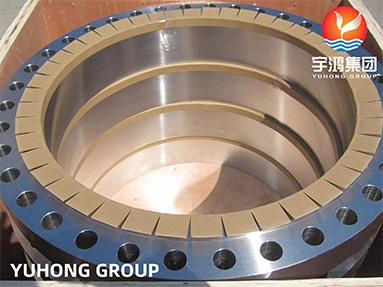
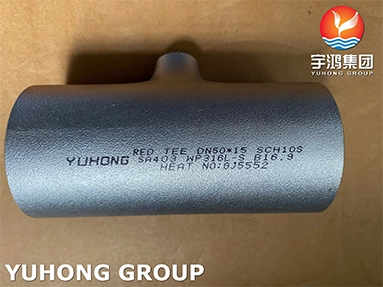
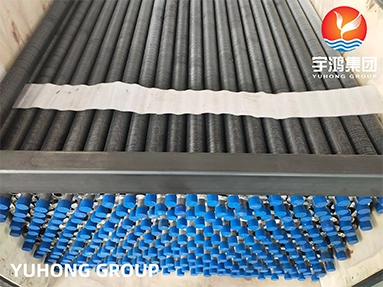
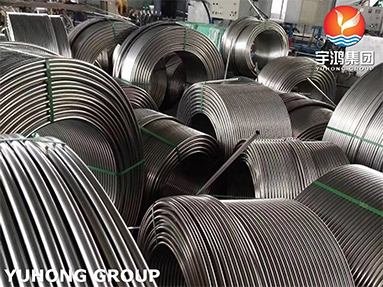


.jpg)
.jpg)
